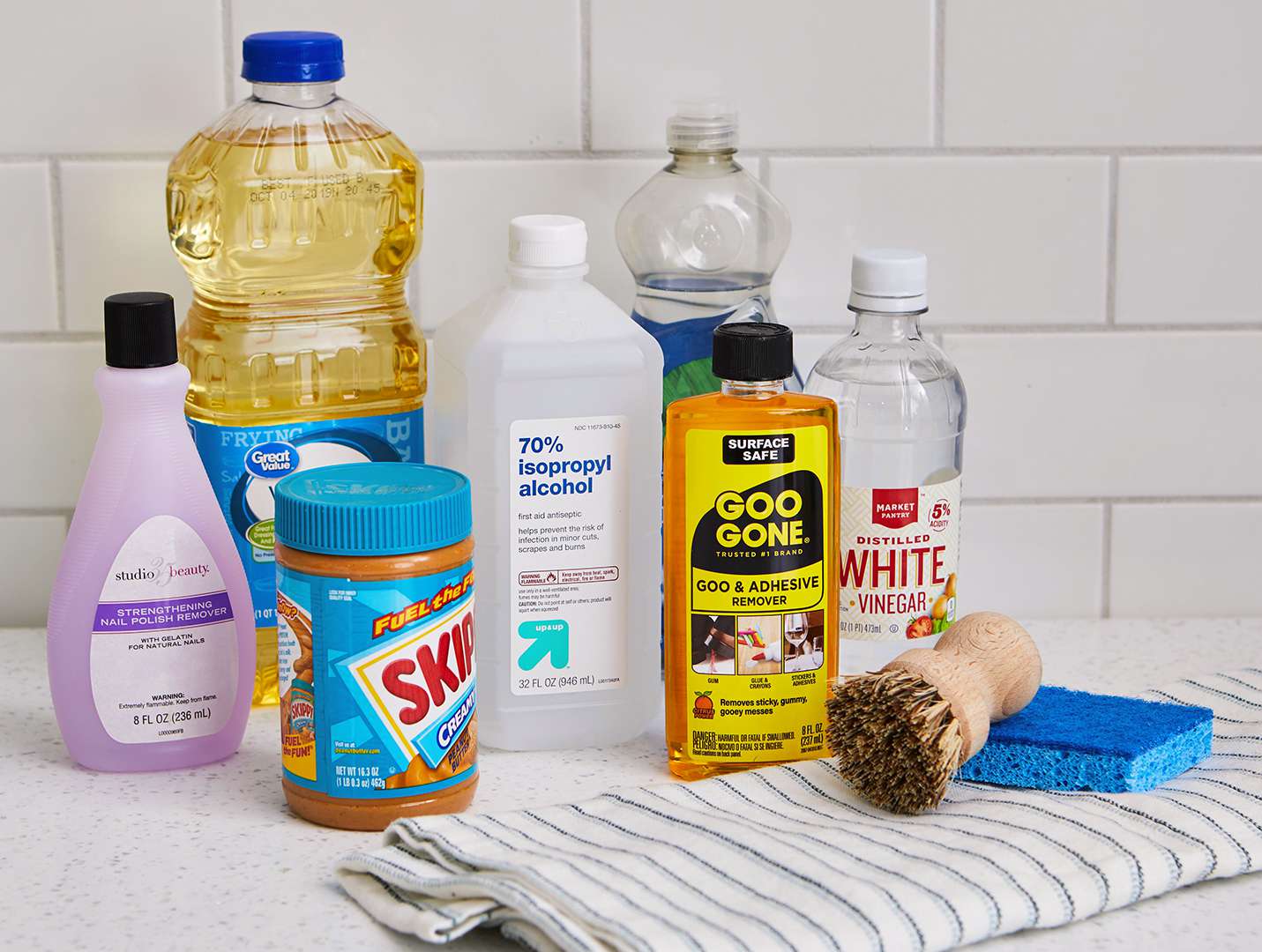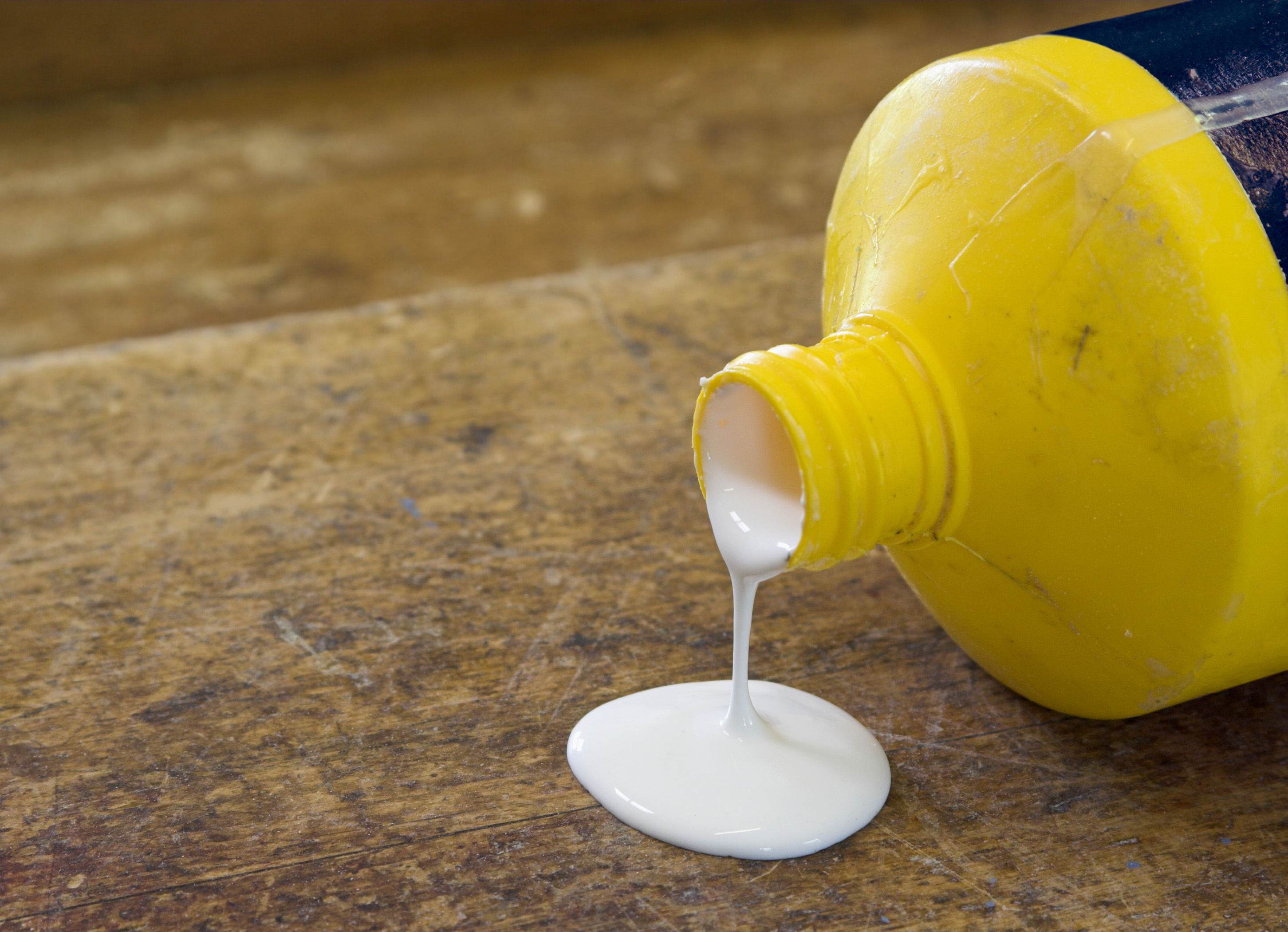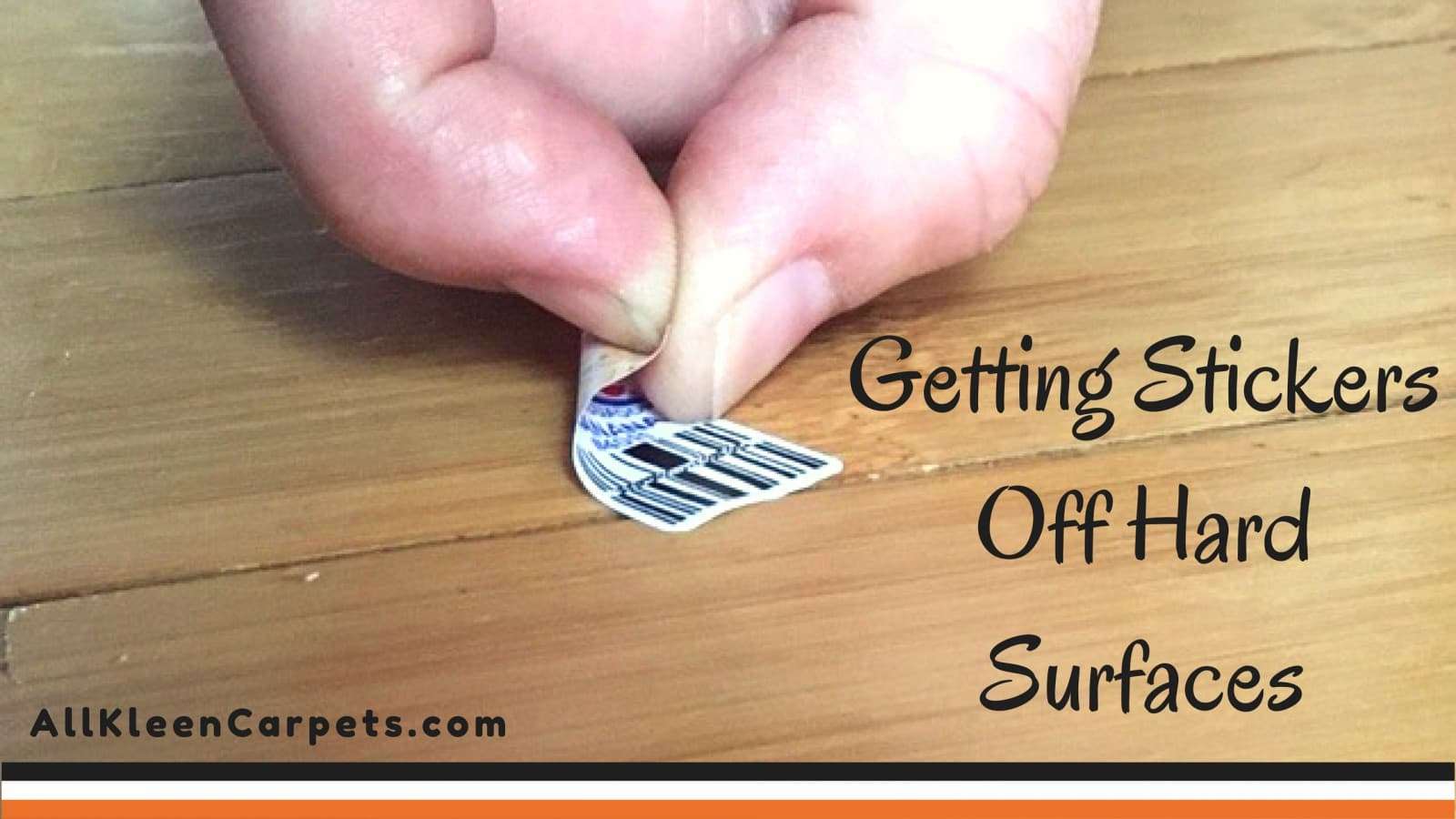Woodworking projects often leave behind a stubborn companion: dried wood glue. While wood glue is essential for creating strong bonds between pieces of wood, the cleanup can be a challenge. Whether it’s a spill on your workbench or excess along a joint, cleaning wood glue requires patience and know-how. This post will guide you through the most effective methods to ensure your wood surfaces are left clean and pristine.
Essential Tools and Materials for Wood Glue Cleanup
Before tackling the sticky situation, assembling the right tools and materials is crucial. You’ll need a putty knife or scraper, sandpaper, a clean cloth, and white vinegar or a suitable solvent. Additionally, consider protective gear such as gloves and safety glasses to shield against potential irritants. With these items at the ready, you’ll be well-equipped to handle any wood glue mishap.
Step-by-Step Guide to Remove Wood Glue
Scrubbing Wood Glue Off Surfaces
When confronted with excess wood glue, your first line of defense is to scrub it off. A putty knife can be used to gently scrape away the glue. Be cautious to avoid scratching the wood surface. If the glue has dried, you may need to soften it first, which we will cover next. Remember, patience is your ally here.
Dissolving Wood Glue for Easier Removal
In situations where scrubbing isn’t enough, it’s time to dissolve wood glue. White vinegar is a popular choice as it’s effective and less harsh than other chemicals. Apply the vinegar to the glue, let it sit to soften the bond, and then gently scrape away the residue. This method is especially useful for sensitive wood finishes.
Removing Glue Residue from Wood
After the bulk of the wood glue has been removed, you might still notice some residue. This can be addressed with a bit of sandpaper. Use a fine-grit sandpaper to lightly buff the area. Once the residue is gone, wipe the wood clean with a damp cloth to remove any sanding dust, ensuring a smooth and clean finish.
Effective Techniques for Wood Adhesive Cleaning
Using Solvents for Wood Glue Removal
For more stubborn glue, a specialized wood glue solvent can be a powerful solution. These solvents are designed to break down the adhesive properties of the glue without damaging the wood. Apply the solvent according to the manufacturer’s instructions, wait for the glue to soften, and then wipe or scrape it away with care.
Heat Application to Soften Adhesive
Applying heat is another technique to loosen wood glue. Use a heat gun or a hair dryer set to a warm temperature to gently heat the area. The warmth will soften the glue, making it easier to scrape off. Always keep the heat source moving to avoid scorching the wood and never apply too much heat, as it could cause damage.
Preventative Tips for Avoiding Excessive Wood Glue
Applying Wood Glue with Precision
One of the best ways to avoid a messy cleanup is to apply wood glue carefully and precisely. Use a glue brush or a syringe for intricate work to ensure you only apply glue where it’s needed. This not only prevents spills but also saves you time and effort during the cleanup process.
Cleaning Excess Glue Before It Dries
Acting quickly can make a significant difference. Clean any excess glue immediately while it’s still wet using a clean, damp cloth. This preemptive step stops the glue from hardening and becoming more difficult to remove later. It’s a simple yet effective habit that can save you a lot of trouble.
If you’re taking on a woodworking project, dealing with wood glue is inevitable. Understanding the proper cleanup methods can save you a lot of hassle. For detailed guidance, take a look at our comprehensive article on how to clean up wood glue. If you’re looking for additional tips and tricks, our related articles on cleaning wood glue effectively and general adhesive removal techniques in how to clean glue can also help you achieve a clean and professional finish on your projects.
Conclusion: Maintaining Clean Wood Surfaces After Glue Application
Cleaning wood glue doesn’t have to be a daunting task. With the right approach and tools, you can efficiently remove wood glue, ensuring that your finished projects look professional and neat. Regular maintenance and thoughtful application can minimize the need for intensive wood glue cleanup, allowing you to enjoy the fruits of your labor with less hassle.




